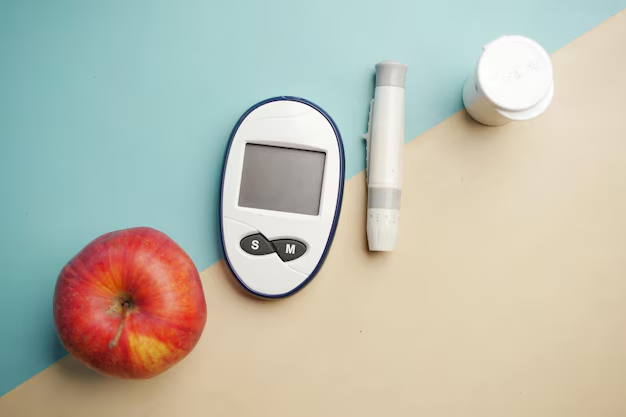Understanding Blood Sugar Levels for Diabetics: What Should You Know?
Managing diabetes effectively hinges on maintaining optimal blood sugar levels. If you or someone you know is dealing with diabetes, you might be asking, What is the average blood sugar level for diabetics? Understanding these numbers is crucial for managing the condition and enhancing quality of life.
Ideal Blood Sugar Levels for Diabetics
The American Diabetes Association (ADA) has established target blood sugar ranges to help diabetics manage their condition:
- Before Meals: 80–130 mg/dL
- 1-2 Hours After Meals: Less than 180 mg/dL
These levels are designed to reduce the risk of diabetes-related complications while accommodating the reality of everyday life. For some individuals, doctors might adjust these targets to align with personal health needs, age, and lifestyle. Regular monitoring is essential as it provides actionable insights into how your body responds to different foods, activities, and medications.
Monitoring and Adjustments
Effective diabetes management involves regular monitoring that helps identify trends and needed adjustments:
- Self-Monitoring: Regular home testing helps track and manage blood sugar levels.
- HbA1c Tests: Conducted by healthcare professionals, this test provides an average blood sugar level over the past 2-3 months, with a target typically below 7% for most adults.
Balancing food intake with medication (if prescribed) and physical activity is crucial. Your healthcare provider can create a personalized plan that works best for your lifestyle and medical needs.
Navigating Financial Challenges
Managing diabetes can also be financially challenging. It's not only about buying healthy food or medications but also about potentially losing work hours due to medical appointments. Fortunately, there are several financial and educational resources available to assist:
Government Aid Programs – Programs like Medicaid or Medicare might cover supplies, medication, and even certain forms of therapy.
Debt Relief Options – If your medical bills are piling up, debt relief services can offer structured plans to manage or reduce your debt burden.
Educational Grants and Scholarships – Individuals with diabetes seeking higher education may qualify for grants and scholarships designed to ease financial burdens.
Credit Card Solutions – Certain credit cards offer rewards on medical purchases or have features that accommodate medical expenses.
Taking the Next Steps
Understanding diabetes is not just a medical journey but a financial one as well. Equip yourself with the right knowledge to make informed decisions about your health and finances. Seeking financial resources is not just smart—it’s essential for living well with diabetes.
Here’s a quick glance at some resources that can provide financial relief or assistance on your journey:
- 💊 Medicaid/Medicare: Health coverage for insulin and diabetes supplies.
- 📚 Educational Grants: Scholarships for students with diabetes.
- 💳 Medical Credit Cards: Cards offering payment plans for medical expenses.
- 🏦 Debt Consolidation Loans: Reduce monthly payments by consolidating medical bills.
- 🏫 Student Debt Forgiveness: Options available for managing student loans especially with medical hardships.
Taking charge involves staying informed about both health and financial possibilities, ensuring a well-rounded, more sustainable lifestyle with diabetes.
